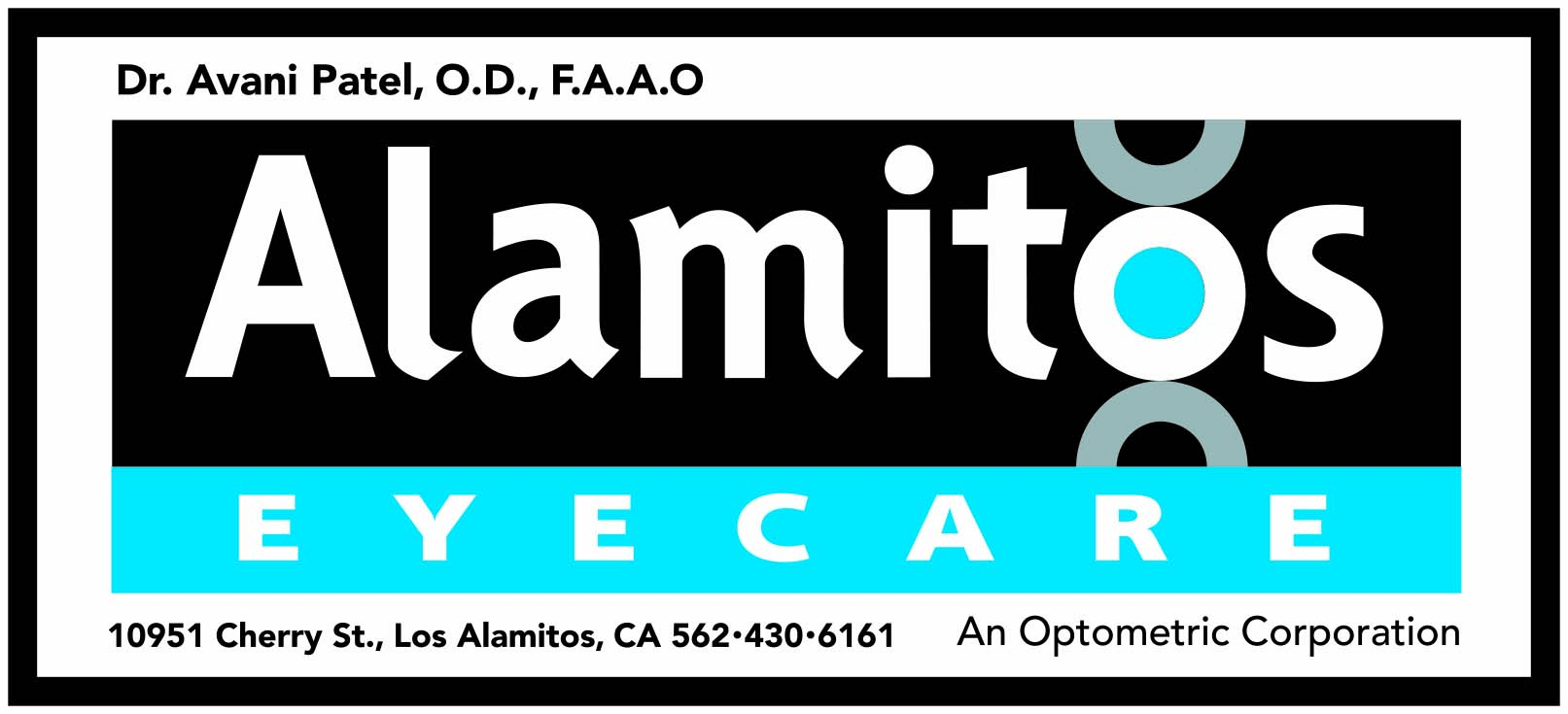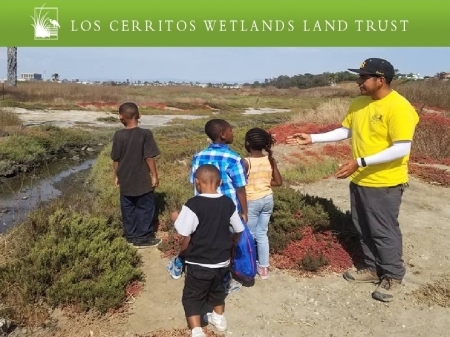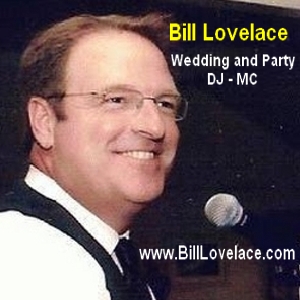AB 1907's legislative counsel's digest states: "This bill would, until January 1, 2029, exempt from environmental review under CEQA certain activities approved by or carried out by a public agency in furtherance of providing emergency shelters, supportive housing, or affordable housing, as each is defined. The bill would require a lead agency that determines to carry out or approve an activity that is within this CEQA exemption to file a notice of exemption, as specified."
The bill does this by defining terms below and adding them to Section 21080.60 of the Public Resources Code:
In describing its intent, AB 1907 states in pertinent part: "It is the intent of the Legislature to help local governments address their homeless crises by facilitating the construction of high-quality permanent supportive housing that adopts the core component of the "Housing First" approach, and to develop crisis and bridge housing that is low barrier." CA Welfare and Institutions Code section 8255 defines the "core components" of "Housing First" as meeting "all of the following":
(1) Tenant screening and selection practices that promote accepting applicants regardless of their sobriety or use of substances, completion of treatment, or participation in services.(2) Applicants are not rejected on the basis of poor credit or financial history, poor or lack of rental history, criminal convictions unrelated to tenancy, or behaviors that indicate a lack of “housing readiness.”
(3) Acceptance of referrals directly from shelters, street outreach, drop-in centers, and other parts of crisis response systems frequented by vulnerable people experiencing homelessness.
(4) Supportive services that emphasize engagement and problem solving over therapeutic goals and service plans that are highly tenant-driven without predetermined goals.
(5) Participation in services or program compliance is not a condition of permanent housing tenancy.
(6) Tenants have a lease and all the rights and responsibilities of tenancy, as outlined in California's Civil, Health and Safety, and Government codes.
(7) The use of alcohol or drugs in and of itself, without other lease violations, is not a reason for eviction.
(8) In communities with coordinated assessment and entry systems, incentives for funding promote tenant selection plans for supportive housing that prioritize eligible tenants based on criteria other than "first-come-first-serve," including, but not limited to, the duration or chronicity of homelessness, vulnerability to early mortality, or high utilization of crisis services. Prioritization may include triage tools, developed through local data, to identify high-cost, high-need homeless residents.
(9) Case managers and service coordinators who are trained in and actively employ evidence-based practices for client engagement, including, but not limited to, motivational interviewing and client-centered counseling.
(10) Services are informed by a harm-reduction philosophy that recognizes drug and alcohol use and addiction as a part of tenants' lives, where tenants are engaged in nonjudgmental communication regarding drug and alcohol use, and where tenants are offered education regarding how to avoid risky behaviors and engage in safer practices, as well as connected to evidence-based treatment if the tenant so chooses.
(11) The project and specific apartment may include special physical features that accommodate disabilities, reduce harm, and promote Health and community and independence among tenants.
(c) "Homeless" has the same definition as that term is defined in Section 91.5 of Title 24 of the Code of Federal Regulations .
[Scroll down for further.]











